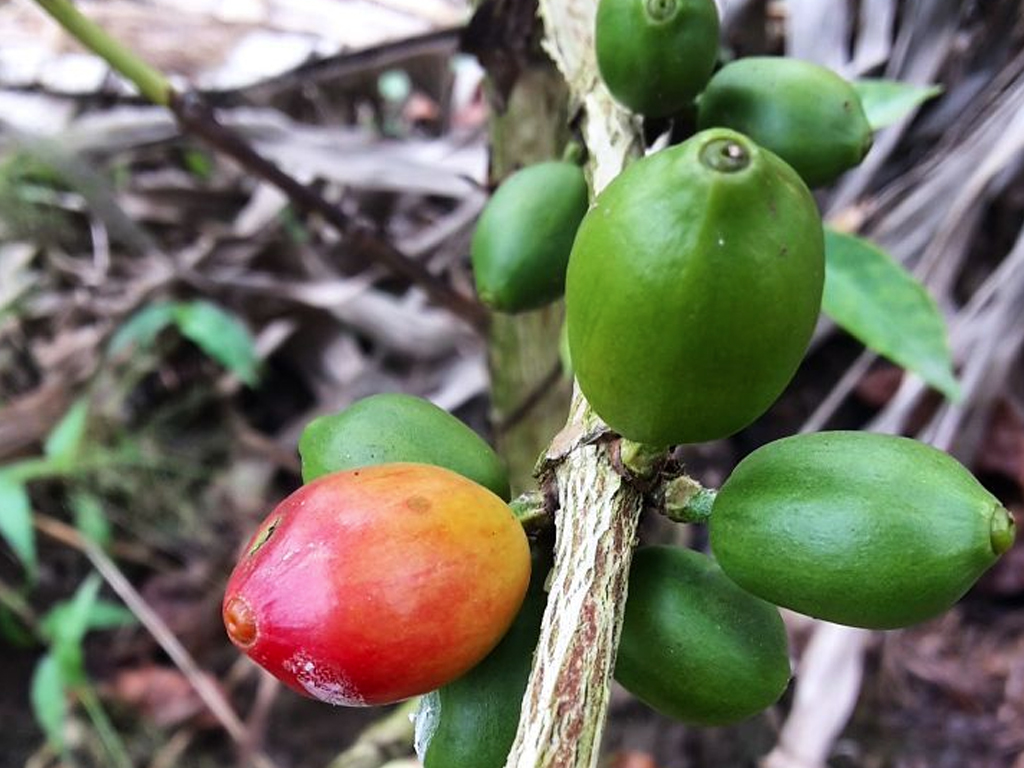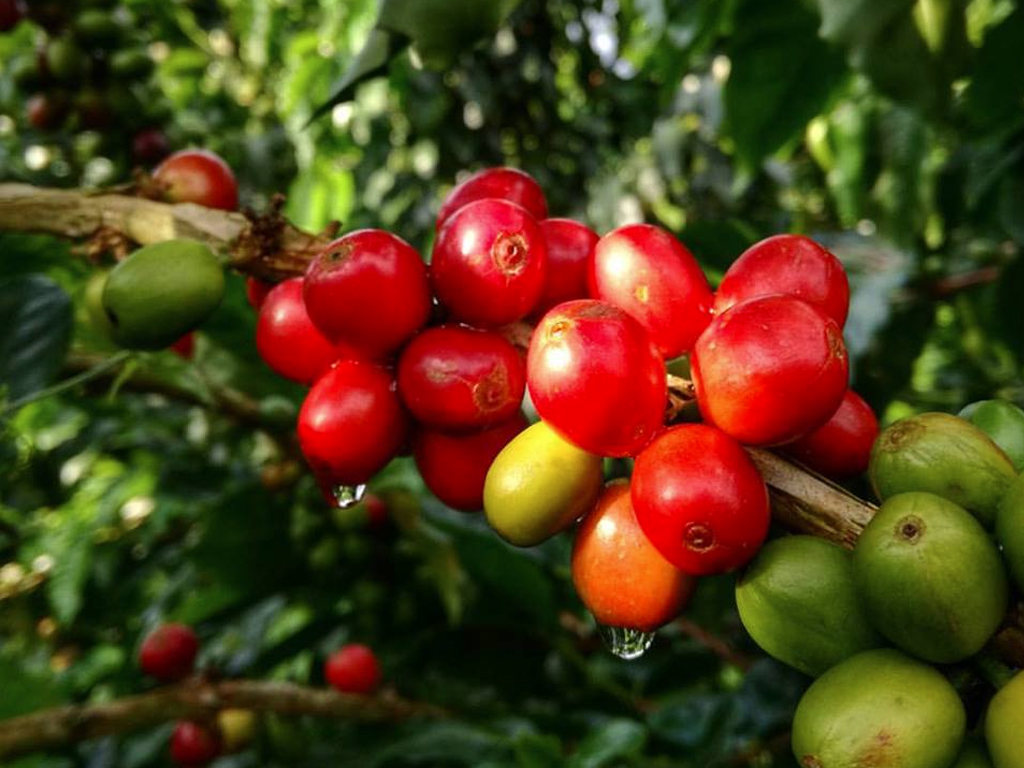Shopping Bag
0
- No products in the cart.


KENT
Named after a planter who worked on a selection programme in India in the 1920s, this variety was developed for its resistance to coffee leaf rust, though it can be destroyed by new strains of the disease. S795 Also developed in India, this is a cross between Kent and S288, an older selection resistant to coffee leaf rust. It is widely planted in India and Indonesia, although it is from one variety, Typica. Many of the coffee trees grown in Ethiopia, however, are not selected cultivars, but are indigenous heirloom varieties that probably result from cross-breeding between different species as well as different varieties. Little work has been done so far to catalogue or explore the genetic diversity and cup quality of these wild varieties.
MUNDO NOVO
A natural hybrid of Typica and Bourbon, this variety was named after the place in Brazil where it was discovered in the 1940s. It is grown for its relatively high yield, strength and disease resistance, and also for its success at altitudes of around 1,000–1,200m (3,300–3,900 feet) which are common in Brazil.
CATURRA
This is a mutation of Bourbon, discovered in Brazil in 1937. Its yields are relatively high, though it has the capacity for overbearing, where the tree produces more fruit than it can sustain and succumbs to dieback. However, good farm management can avoid this situation. This variety has been especially popular in Colombia and Central America, though it is still fairly common in Brazil. Cup quality is considered or semi-dwarf, popular because they are easier to pick by hand.
CATUAI
This is a hybrid between Caturra and Mundo Novo created by the Instituto Agronomico do Campinas in Brazil in the 1950s and 1960s. It was selected as it combined the dwarf characteristics of Caturra with the yield and strength of Mundo Novo. Like Caturra, there are red and yellow varieties.
MARAGOGYPE
One of the more easily recognized varieties, Maragogype is a mutation of Typica, first discovered in Brazil. It is notable, and often considered desirable, due to the unusually large size of its beans. The tree also has exceptionally large leaves but a relatively low yield. This coffee is often referred to as ‘Elephant’ or ‘Elephant Bean’
This is a cross between the Pacas and Maragogype varieties, created in El Salvador in 1958. Like Maragogype, it has extremely large leaves, fruit and coffee beans. It also has distinct cup characteristics that can be positively described. It can taste like chocolate and fruit, but it also has the capacity for unpleasantly herbal, onion-like cups. The fruits ripen red.
S795
Also developed in India, this is a cross between Kent and S288, an older selection resistant to coffee leaf rust. It is widely planted in India and Indonesia, although it is from one variety, Many of the coffee trees grown in Ethiopia, however, are not selected cultivars, but are indigenous heirloom varieties that probably result from cross-breeding between different species as well as different varieties. Little work has been done so far to catalogue or explore the genetic diversity and cup quality of these wild varieties.
Wild Arabica
Arabica coffee is harvested by machine in Cabo Verde, Brazil. This method of collecting fruit is efficient, but the harvest must later be sorted to select only ripe cherries.



Free Shipping On All Orders $200+ |
